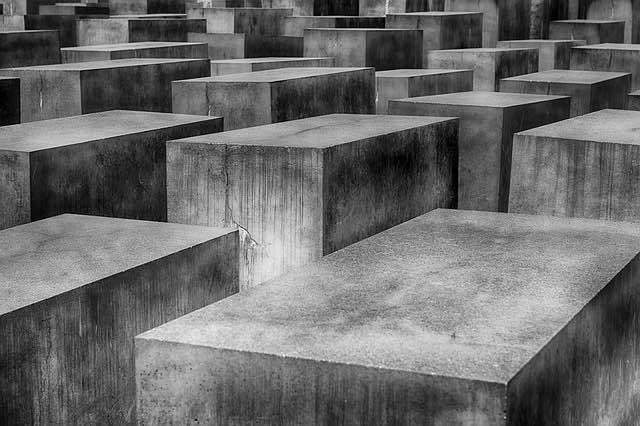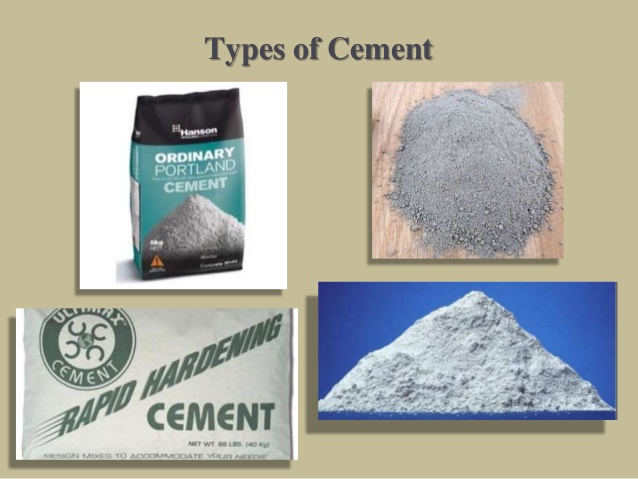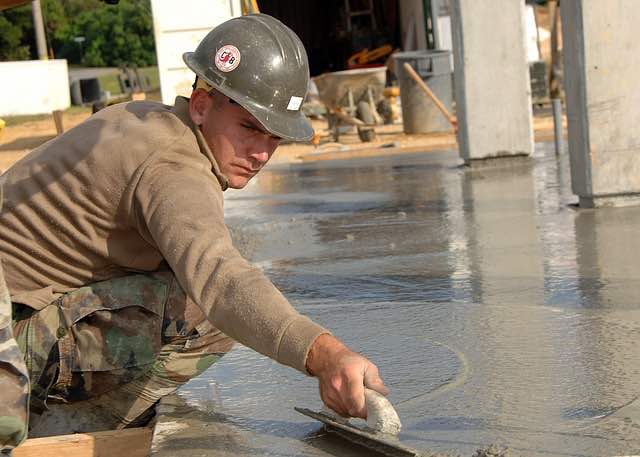Concrete Basics - Properties, Concepts and Composition
Concrete is made by mixing: Cement, water, course fine aggregates and admixtures (if required). The aim is to mix these materials in measured amounts to make concrete that is easy to: Transport, place, compact, finish and which will set, and harden, to give a strong and durable product. A concrete mix is designed to produce concrete that can be easily placed at the





